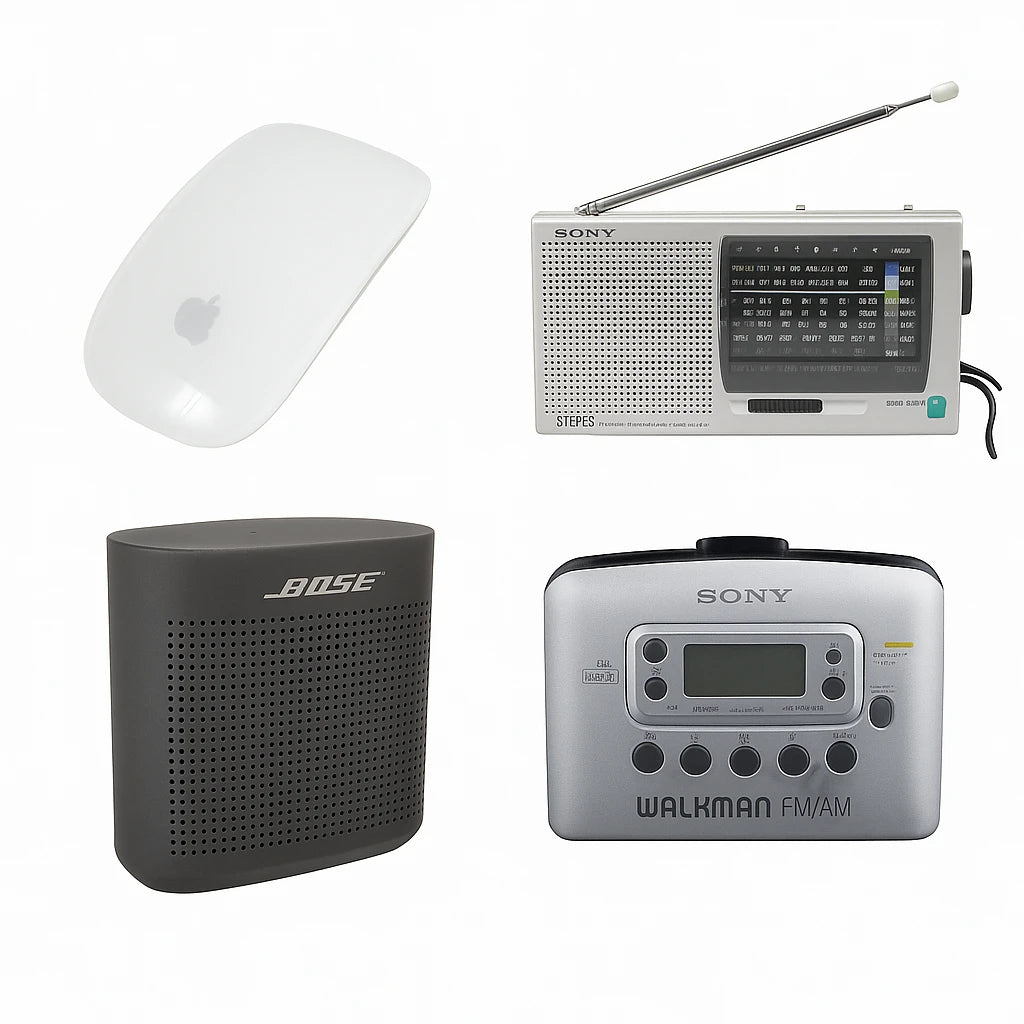
A Short Background of the Kodak 35MD
What you’ll get: a quick history of how this compact camera came to life.
The Kodak 35MD was released in the 1980s as an accessible and consumer-friendly 35mm film camera. Its "MD" designation stands for Motor Drive, meaning film would advance automatically after each shot. Marketing at the time positioned it as a simple holiday camera, but today it holds new value for analog photography enthusiasts.
Think back to your first family holiday photos on film—how freeing would it feel to capture with a camera as direct as the Kodak 35MD?

Key Features and Technical Characteristics
What you’ll get: an overview of technical details that make this compact reliable.
Lens and Exposure
The Kodak 35MD comes with a fixed 35mm lens, usually f/4 or f/3.5. This lens, combined with automatic exposure, removes the need for guesswork. The fixed-focus design keeps everything from 1.5 meters to infinity in focus.
Ease of Use
Its built-in motor drive speeds up film advance, while standard AA batteries provide dependable operation. Some models even include a built-in flash for low-light versatility.

Why Use the Kodak 35MD in 2025?
What you’ll get: reasons this vintage film camera resonates with photographers today.
The Kodak 35MD offers a distraction-free way to enjoy analog photography. It shines in casual, travel, and street settings and is highly valued for its intuitive point-and-shoot usability. Unlike higher-end compacts, it remains affordable, making it a thoughtful entry point into vintage film photography.
Picture a recent trip or walk through your city—how might the 35MD change the way you see and capture those fleeting moments?
Creative Workflows and Shooting Styles
What you’ll get: ideas for how to use this camera creatively in 2025.
The Kodak 35MD excels in multiple creative workflows. Many users adopt hybrid methods: shooting film, scanning with a digital kit, then editing for online use. It also finds a place in personal zines, travel diaries, and lo-fi art projects.
Film Speed Choices
- ISO 400 – versatile for daylight shooting.
- ISO 800 – fun for concerts or night shots with dramatic grain.

Accessories That Pair Well with the Kodak 35MD
What you’ll get: suggestions for meaningful add-ons to enhance usability.
- Film choices: Kodak Gold 200, Ilford HP5+, or CineStill 800T for night use.
- Rechargeable AA batteries for sustainability.
- Film scanning kits for digitizing negatives.
- A protective pouch for travel and storage.

Second-Hand Buying Guide
What you’ll get: a practical checklist to choose a reliable Kodak 35MD.
- Test motor drive for smooth advance.
- Inspect lens for scratches or fungus.
- Check for battery corrosion.
- Examine and replace light seals if needed.
- Test flash functionality (if applicable).
Imagine unboxing a second-hand Kodak 35MD. A clean lens, smooth motor, and intact seals assure you it’s ready for its next creative chapter.
Quick decision
- If the motor drive runs smoothly, it’s a good sign.
- Clear optics matter more than cosmetic scratches.
- Rechargeable batteries boost sustainability.
- Always budget for replacing light seals.
Pros
- Simple and user-friendly.
- Affordable and sustainable when bought second-hand.
- Works with widely available 35mm film.
Cons
- Fixed-focus limits creativity with close-ups.
- Plastic build not as durable as higher-end compacts.
Conclusion: The Kodak 35MD’s Place in Modern Photography
What you’ll get: a final reflection on the camera’s role today.
The Kodak 35MD reminds us that photography doesn’t need to be complicated. As a vintage film camera, it provides a tactile, distraction-free experience that suits beginners, hobbyists, and even creative content makers. Affordable and sustainable, it proves that simple tools can still inspire meaningful photography projects.
FAQs
Is the Kodak 35MD a good camera for beginners? Yes—fully automatic exposure, fixed focus, and simple operation make it beginner-friendly.
What film works best in the Kodak 35MD? Common 35mm films like Kodak Gold 200 or ISO 400 films (color or black & white) work best.
Does the Kodak 35MD need special batteries? No, it uses standard AA batteries, affordable and accessible worldwide.
What should I look for when buying a second-hand Kodak 35MD? Check the motor drive, lens condition, battery compartment, light seals, and flash functionality if present.
Discover more point-and-shoot film cameras in our analog collection.










0 comments